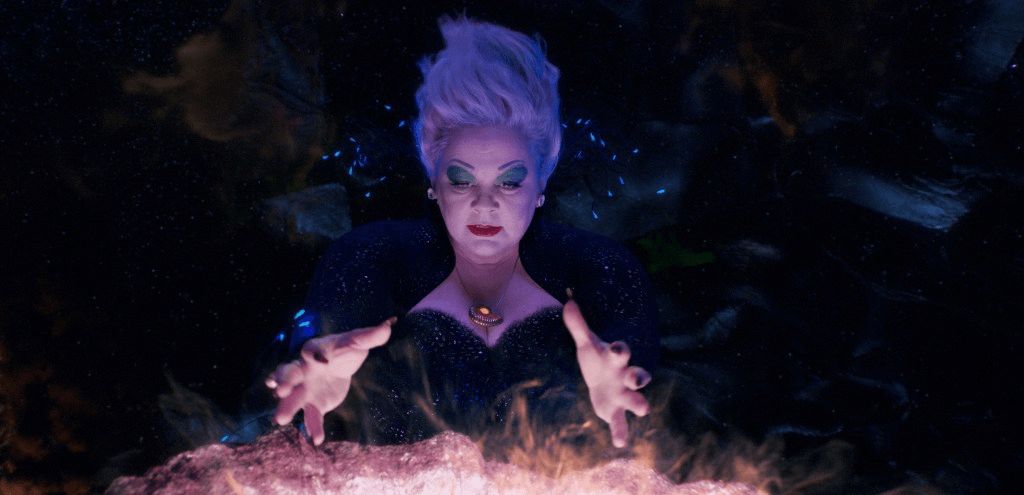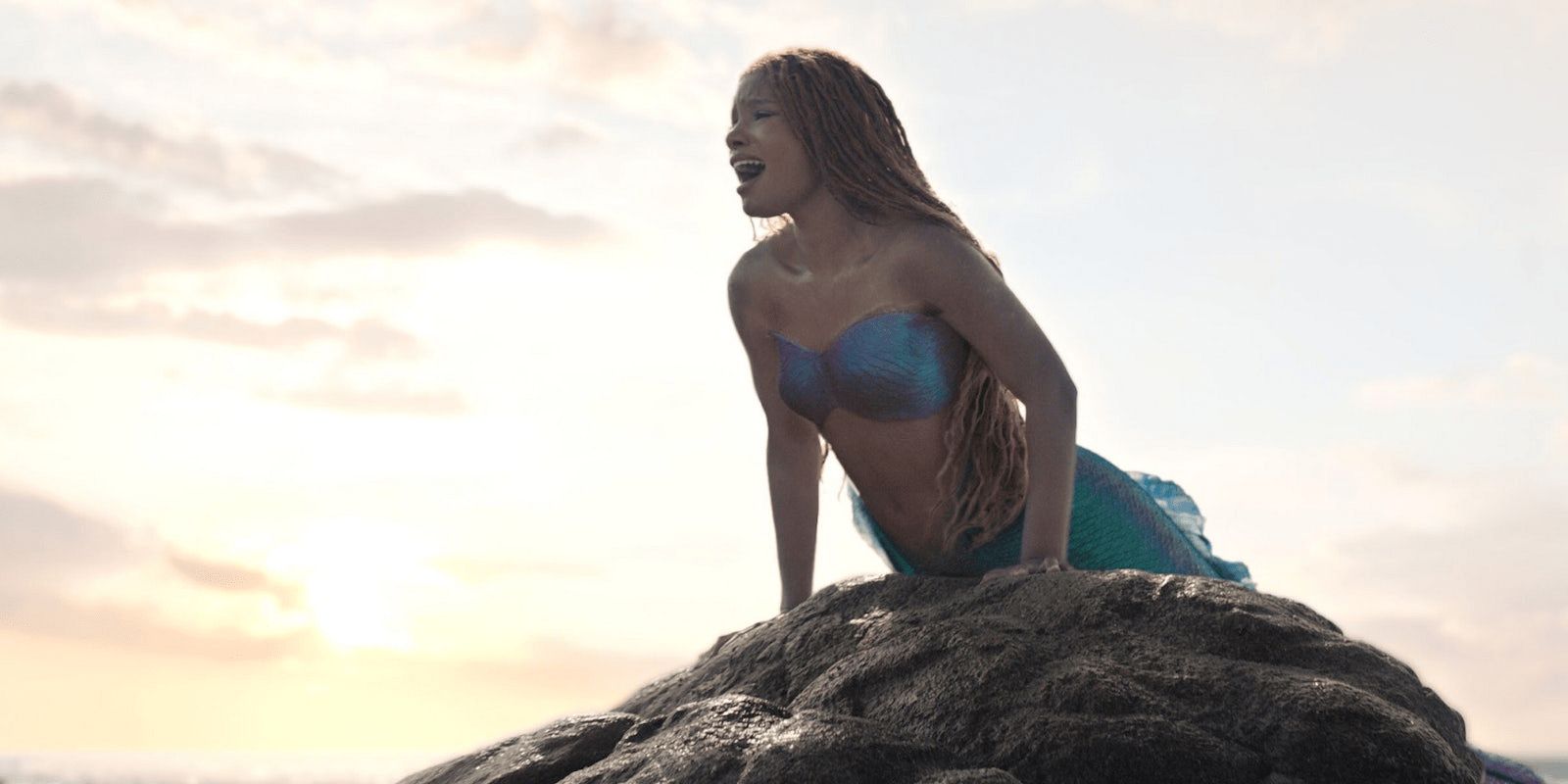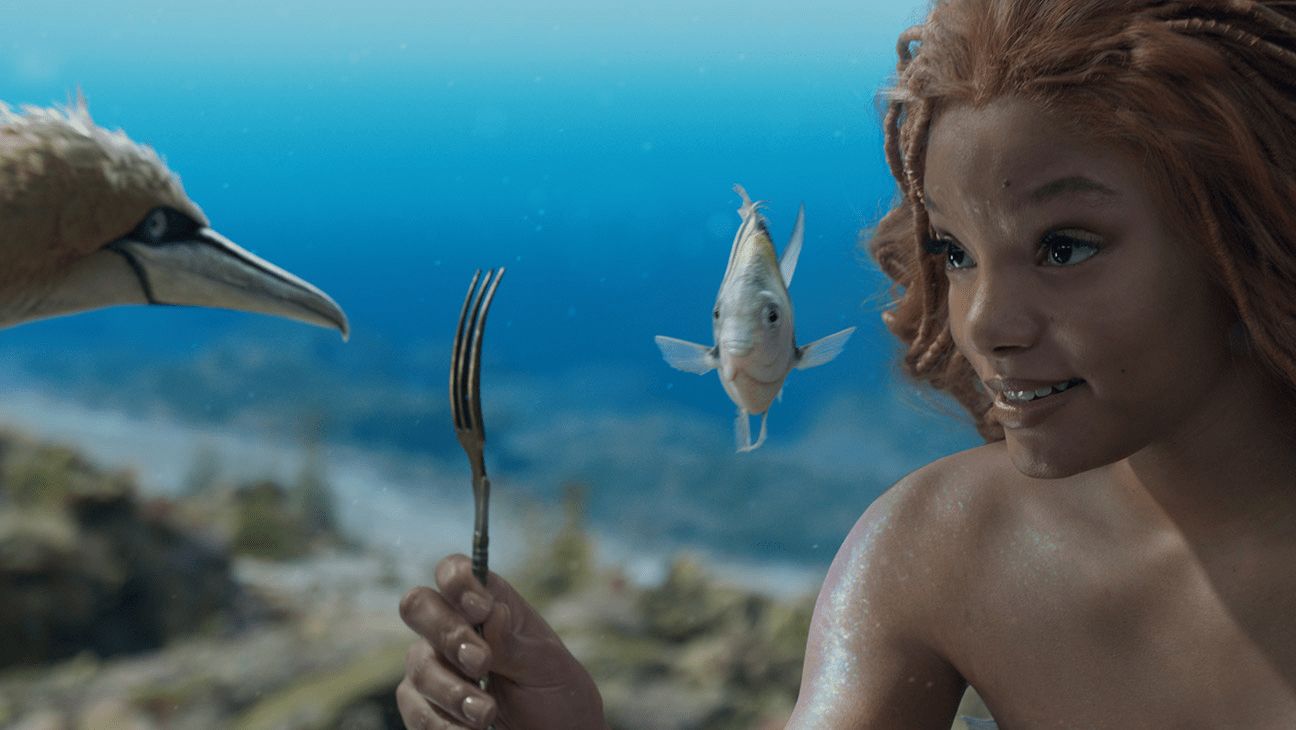Dive into the enchanting behind-the-scenes world of The Little Mermaid, where we’ll explore four remarkable facts about its filming that even the most devoted Disney fans might not know.
Getting Wet Without Getting Wet
Let’s kick things off with a splash, delving into the ‘wet and wild’ world of underwater filming. It’s not all mermaid magic; it takes some serious tech to make a splash! Special effects supervisor Steve Warner was tasked with designing rigs that allowed maximum freedom of movement for the actors on set while being manually operated. The Little Mermaid underwater filming techniques weren’t just about holding your breath and hoping for the best. Imagine trying to act while you’re hoisted in the air by rigs that make you feel like you’re in a puppet show. And if that’s not enough, the pandemic decided to crash the party, forcing a seven-month halt in the middle of shooting. Talk about a wet blanket!
Building Atlantis on a Soundstage
Next up, let’s take a ‘deep dive’ into the set design that would make even King Triton proud. Building an undersea kingdom on land? Now that’s movie magic! Apparently, they shot all of the underwater scenes with a technique called dry for wet
, which is basically pretending to swim in an ocean of blue screens. Every single frame had to be choreographed or staged, making sure Ariel didn’t look like she was just hanging around. And let’s not forget the real-world sets where Ariel got to flip her actual tail for the last time before CGI took over.


The Digital Sea Life Extravaganza
In our third revelation, we’ll expose how the film’s special effects team conjured up everything from floundering fish to Ursula’s tentacles. Because why hire an octopus when you can just CGI it, right? To achieve the desired mermaid appearance, only the actors’ faces and hands were used for the live-action footage of the underwater sequences. Each shot was body tracked and animated, with everything from the clavicle down being rendered using computer graphics. And what’s a mermaid without her luscious locks flowing in the current? Well, digital hair was added to every actor to enhance realism. It’s like having a bad hair day but with pixels.


Swimming Lessons with Synchronized Swimmers
Finally, we’ll surface some details on the cast’s underwater training regimen. Turns out, you can’t just grow a tail and sing – who knew? Halle Bailey had to discover her inner mermaid swim through training sessions with synchronized swimmers every Sunday at her house. Puppeteers assisted with physical movements, picking up Halle from the hips while she created underwater movement in her upper body, leading actions with her head and arms. It’s like dancing, but wetter and with more people pulling your strings.


As we dry off from our deep-sea excursion behind the scenes, it’s clear that the making of The Little Mermaid was as fascinating as the story itself. From the depths of the ocean to the surface of the screen, it’s a tale of cinematic creativity and dedication.

